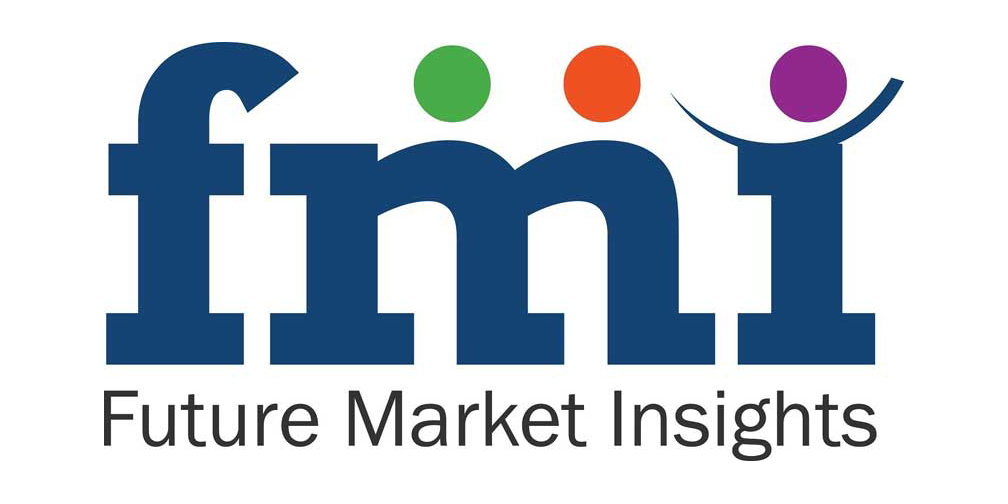Booming food & beverage industry in the US and Canada demands higher production of plastic containers. Over time, a vast variety of carbonated and non-carbonated drinks have been developed across North America, some of which went on to span the globe. Manufacturers of these drinks and food products continue to seek customized bottles for packaging as their unique designs provided the needed brand identity for products. PET blow molders, thus, have become a key industrial equipment in North America.
Get Sample of the Report : https://www.futuremarketinsights.com/reports/sample/rep-gb-3534
Future Market Insights recently published its report on the PET blow molder market in North America, excerpts from which project the market to reach US$ 57.3 Mn value by the end of 2026. Although, key findings from the report project that during the forecast period, 2016-2026, the North American PET blow molder market will expand at a moderate pace. The market is presently valued at an estimated US$ 37.5 Mn, and is anticipated to register a moderate CAGR of 4.3%. In terms of volume as well, the market recorded sales of close to 400 PET blow molders in 2016. In the due course of forecast period, around 574 PET blow molders will be sold in North America, exhibiting a sluggish growth at 3.8% CAGR.
Factors Restraining the Demand for PET Blow Molders in North America
The report, titled “PET Blow Molder Market: North America Industry Analysis and Opportunity Assessment, 2016-2026,” has compiled multiple factors impacting the growth in demand for PET blow molders in North America. Higher preference to PET bottles by manufacturers of packaged drinking water is expected to drive the demand for PET blow molders in the region. But, the key restraints for North America’s PET blow molder market include:
- Is it Economical? Blowing machines are majorly utilized by big manufacturers who require large scale output, but this creates a barrier for the other rural industries. If these machines are forced to give an output of a smaller volume, then the manufacturers aren’t able to fetch much profits. This is because PET blow molders consume the same amount of energy regardless of output volume.
- Poor Stretch Ratios – These customized bottles have acute stretch ratios, due to which they can bend or even break upon dropping. The bottles should also be able to achieve standard measures set bearing certain force at lower temperatures.
- Saving Resins Hampers the Bottle Quality – Bottle manufacturers have started to use lesser raw material amount in the manufacturing process. Such bottles tend to collapse at their weakest points, as at those points, the material gets too thin to bear any force. And, these bottles will not be able to bear the load administrated to them during their quality checking process.
Companies such as PET All Manufacturing Inc., R& B Plastics Machinery, LLC, Amsler Equipment, Inc., SIPA North America Inc., Nissei ASB Company, Milacron Holdings Corporation, Sidel, Jomar Corporation, Custom-Pak Inc., and Tech-Long Inc. are leading manufacturers of PET blow molders, based across the US and Canada. The PET blow molder market in North America is split into these two countries, where US is projected to remain the dominant country by procuring over 70% of gross revenues throughout the forecast period.
Market segmentation
By Technology
- Extrusion Blow Moulding Machine
- Injection Blow Moulding Machine
- Stretch Blow Moulding machine
By End Use
- Food & Beverages
- Pharmaceuticals
- Personal Care
- Others
Ask For Regional Data : https://www.futuremarketinsights.com/ask-regional/rep-gb-3534
On the basis of molding technologies, in 2016, injection blow molding technology accounted for revenues worth nearly US$ 17 Mn. This technology will continue to dominate the market revenues in the years to come. Demand for automatic PET blow molders will also gain traction, exhibiting a market revenue share of whopping 93.6% by 2026-end. The report also reveals that pharmaceuticals and personal care application of PET blow molders will showcase revenue growth above 4.3% CAGR, while food & beverages continue to be largest application of PET blow molders in North America.
About us :
Future Market Insights (FMI) is a leading provider of market intelligence and consulting services, serving clients in over 150 countries. FMI is headquartered in Dubai, the global financial capital, and has delivery centers in the U.S. and India. FMI’s latest market research reports and industry analysis help businesses navigate challenges and make critical decisions with confidence and clarity amidst breakneck competition. Our customized and syndicated market research reports deliver actionable insights that drive sustainable growth. A team of expert-led analysts at FMI continuously tracks emerging trends and events in a broad range of industries to ensure that our clients prepare for the evolving needs of their consumers.
Mr. Debashish Roy
Unit No: AU-01-H Gold Tower (AU), Plot No: JLT-PH1-I3A,
Jumeirah Lakes Towers, Dubai,
United Arab Emirates
MARKET ACCESS DMCC Initiative
For Sales Enquiries: sales@futuremarketinsights.com
For Media Enquiries: press@futuremarketinsights.com
Website: https://www.futuremarketinsights.com


